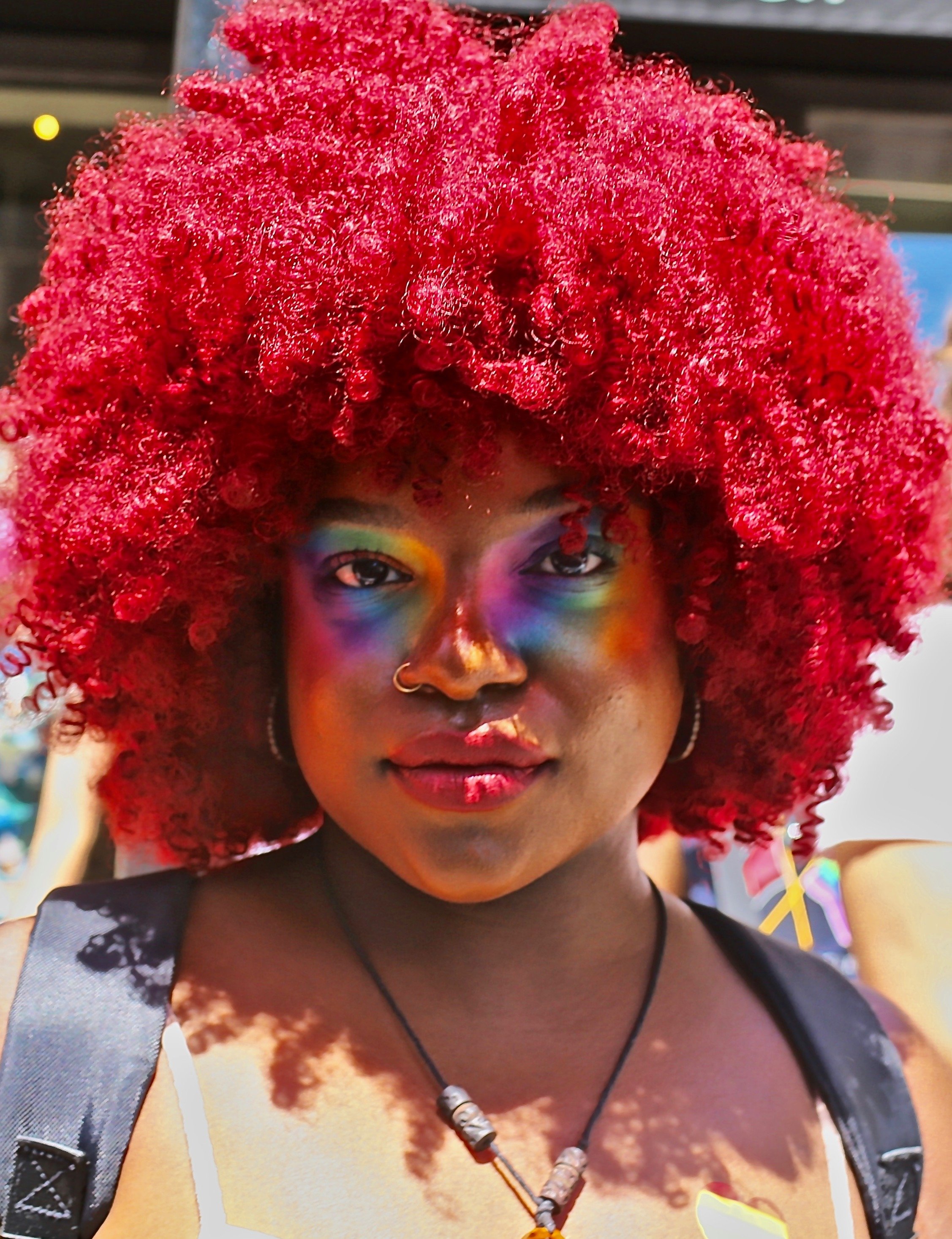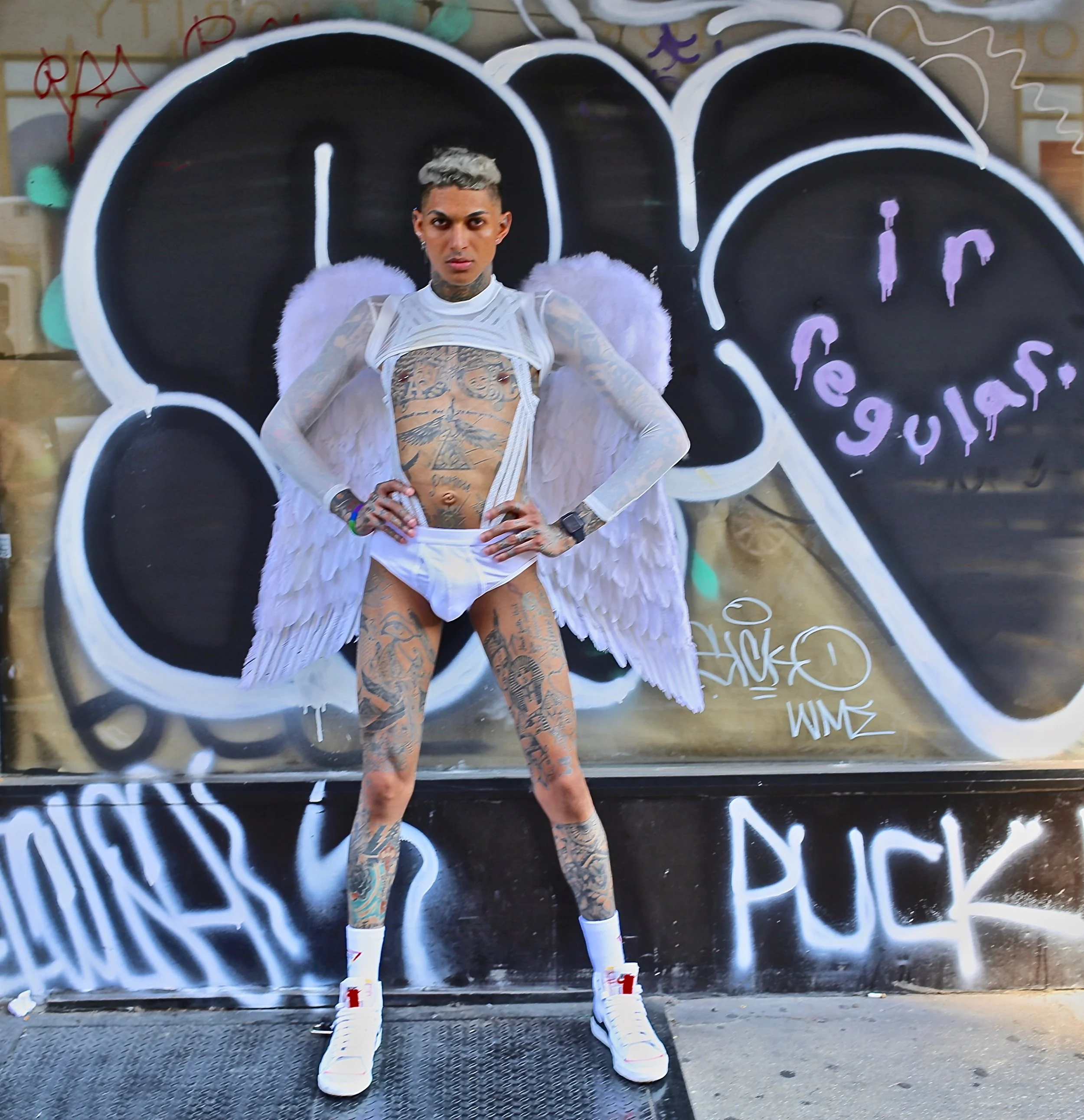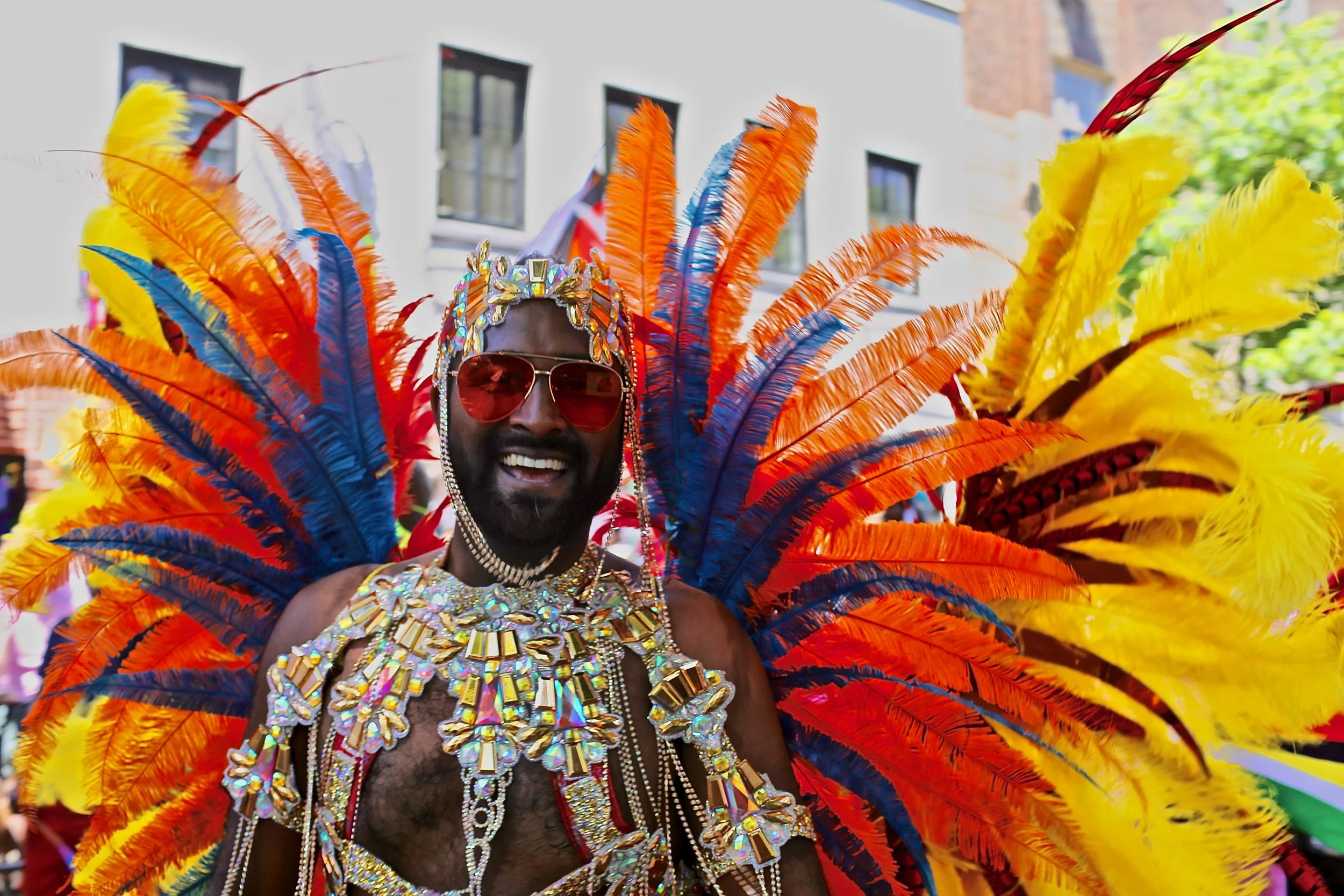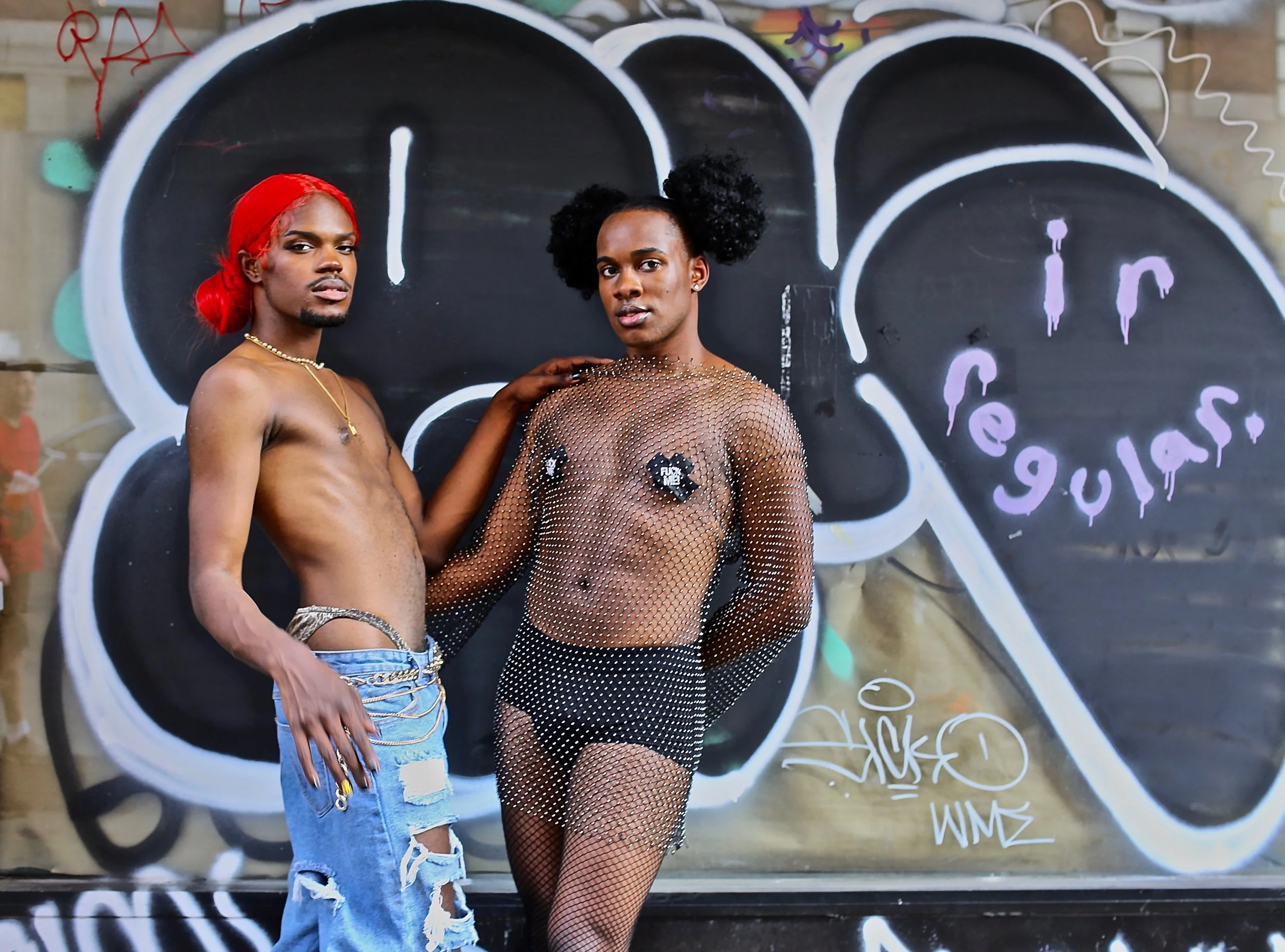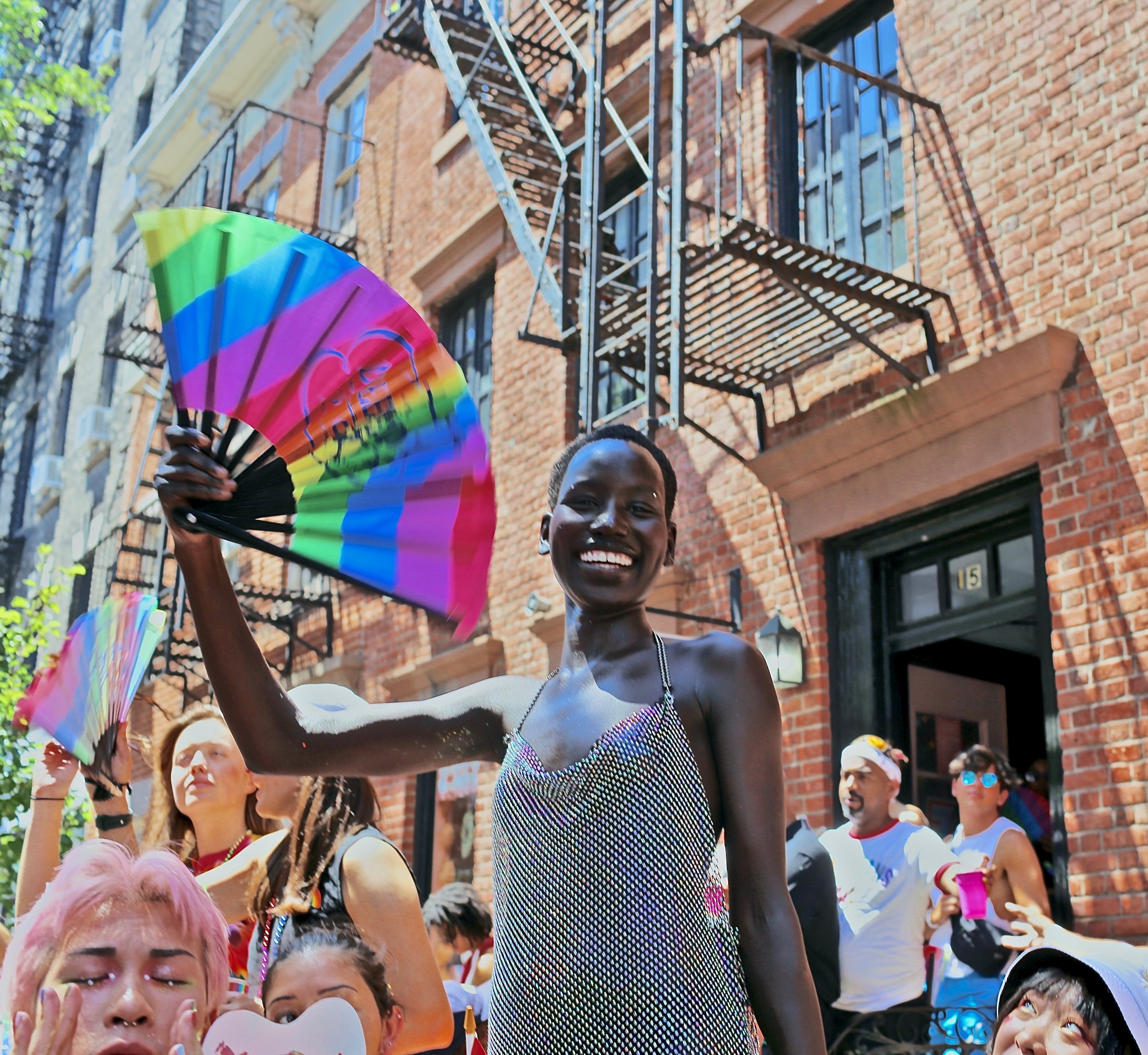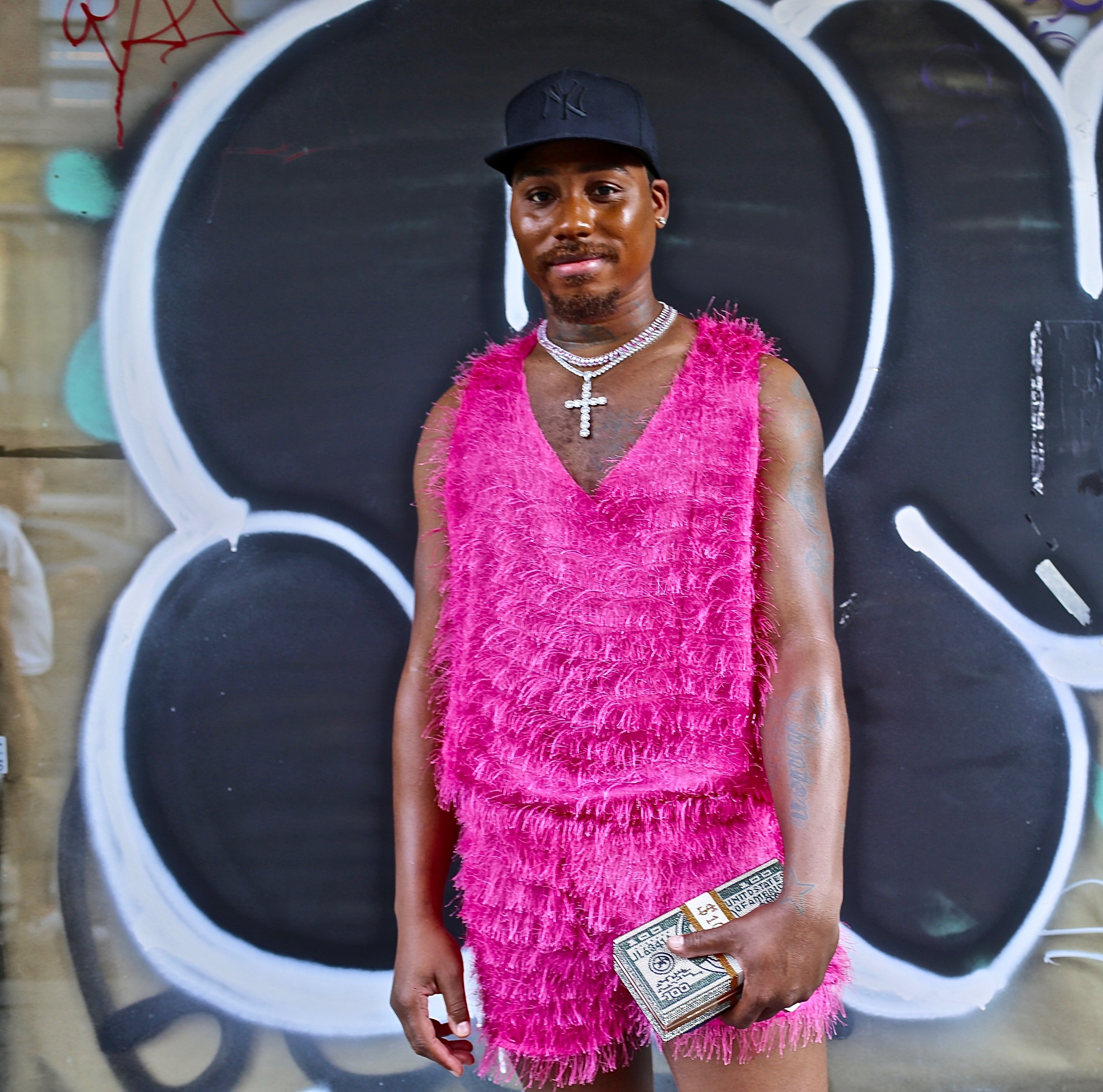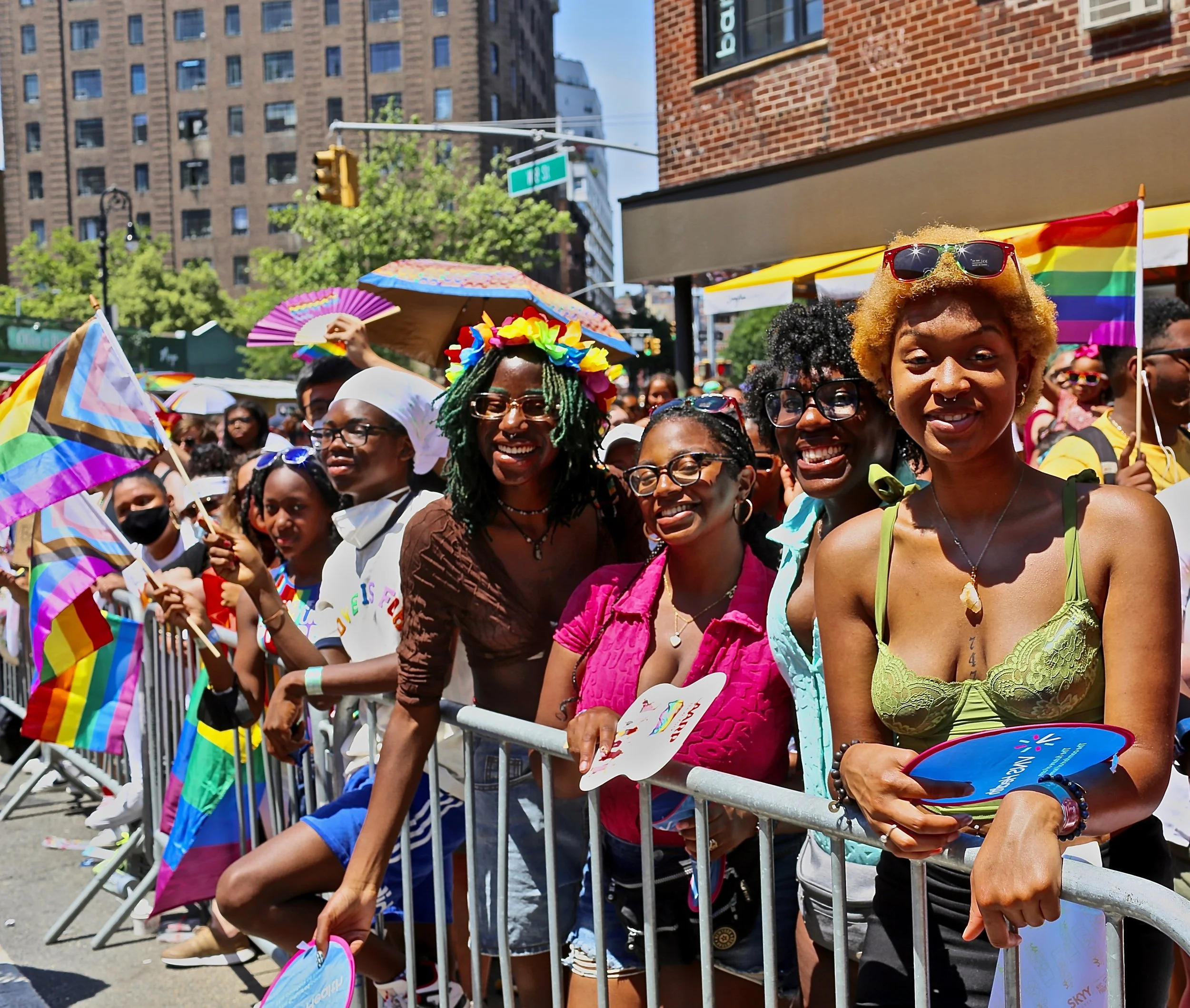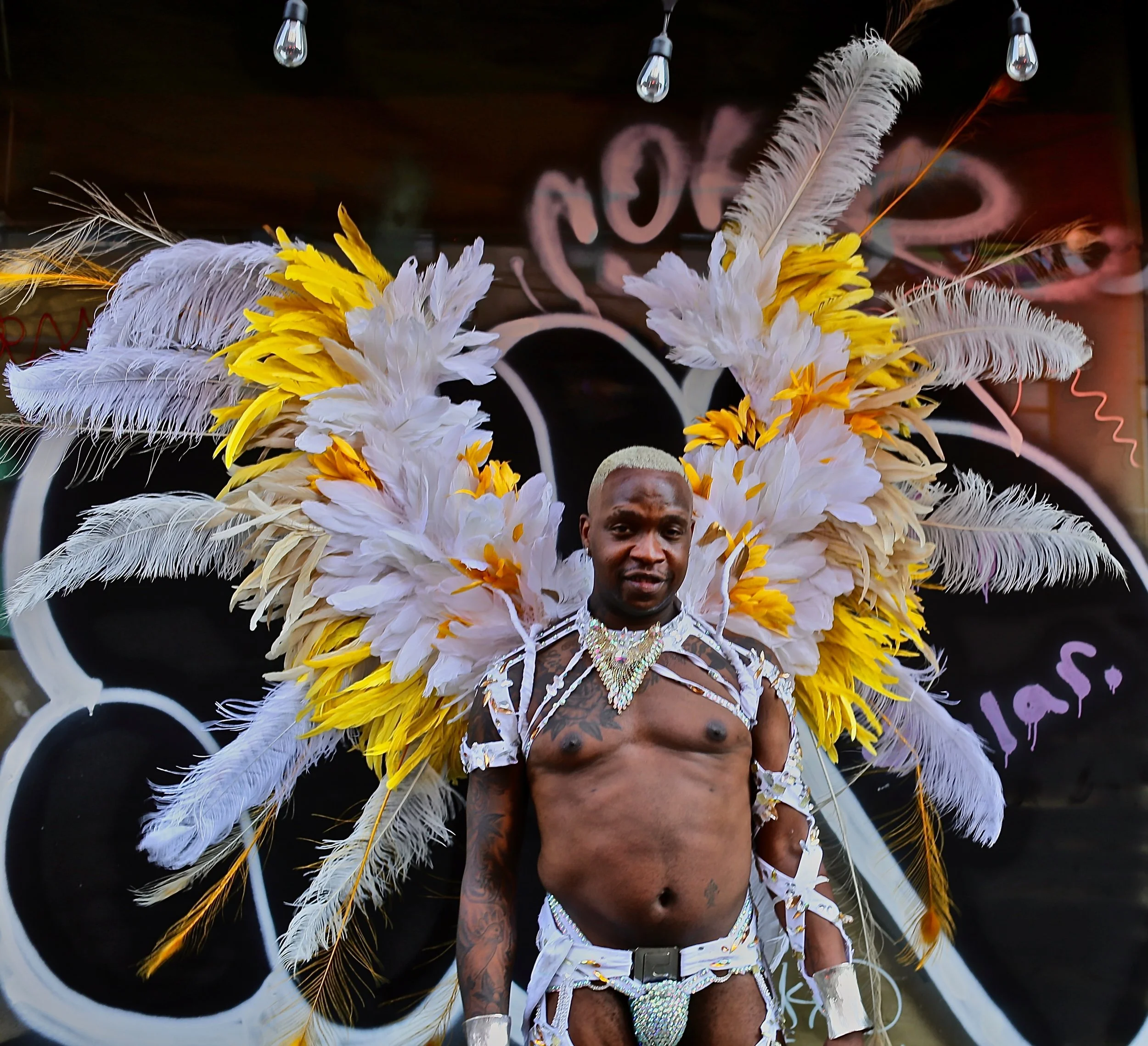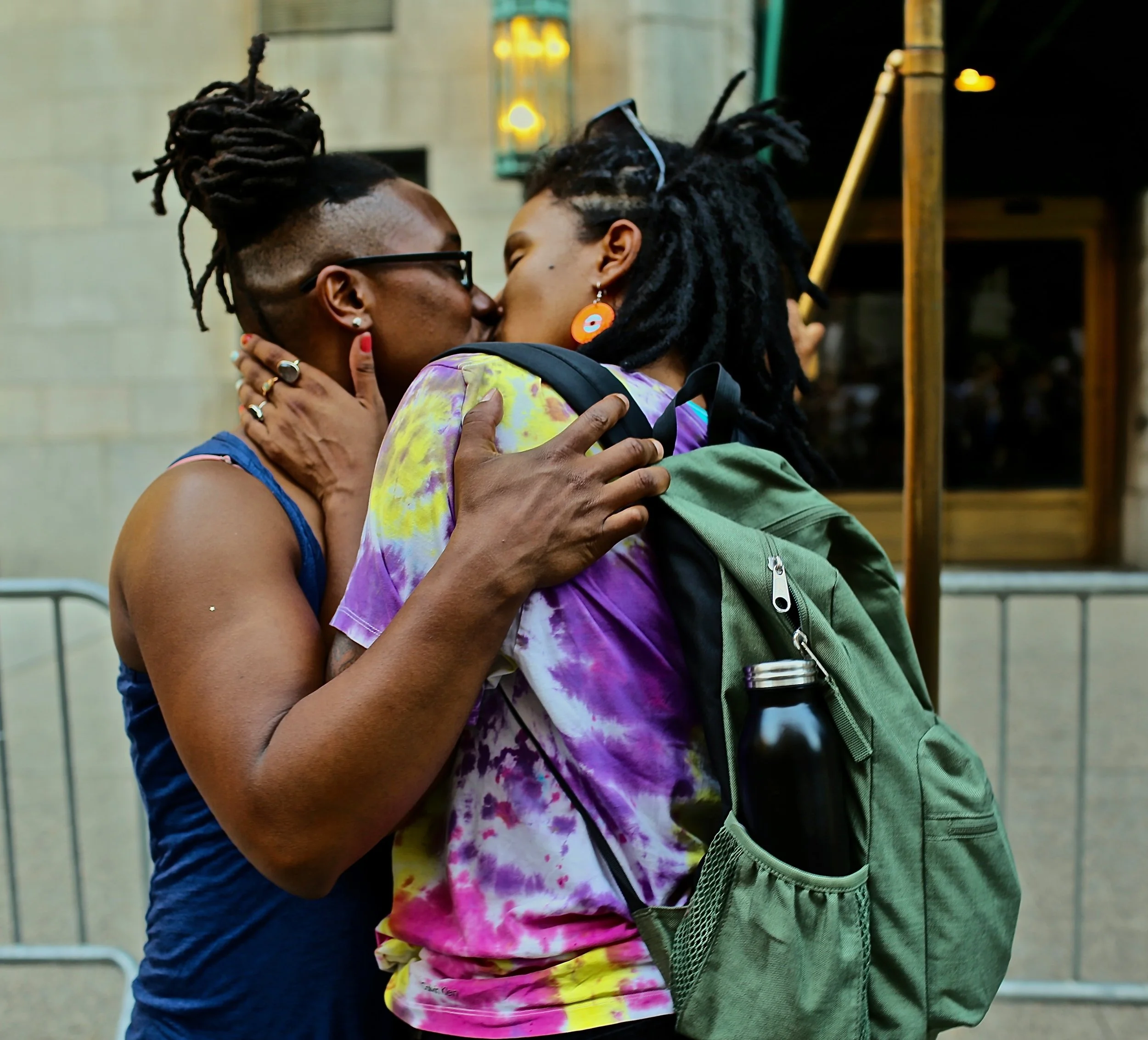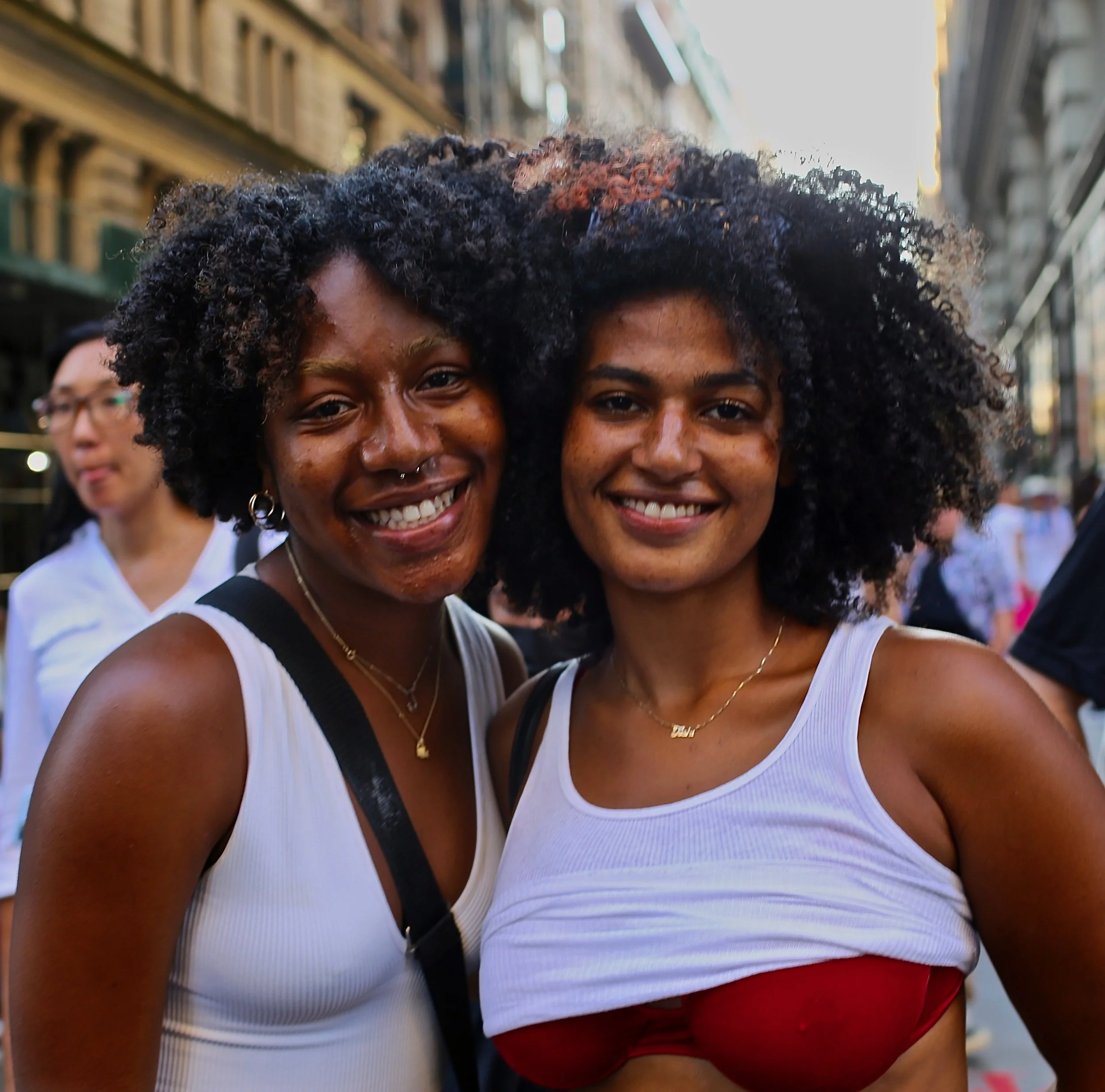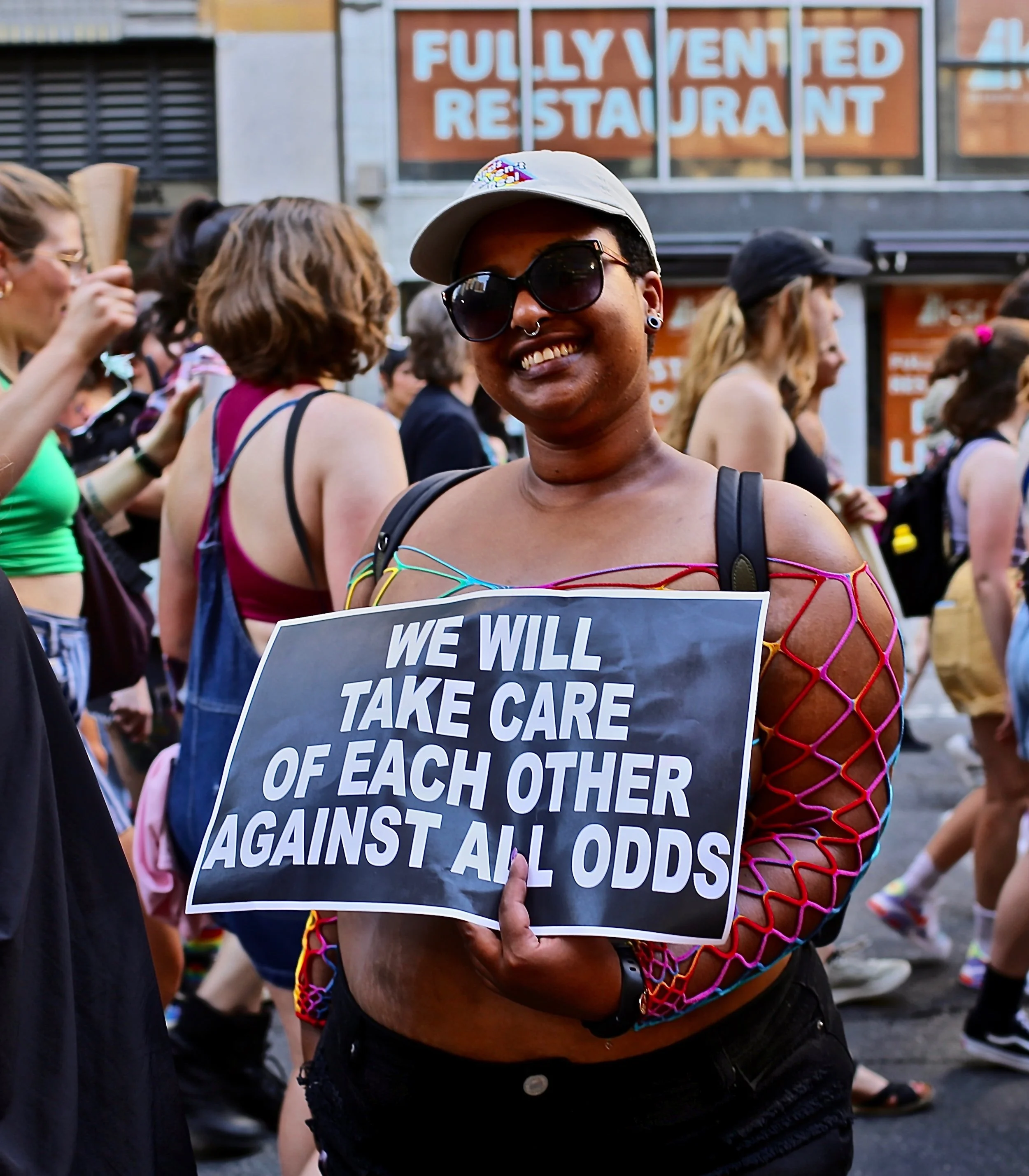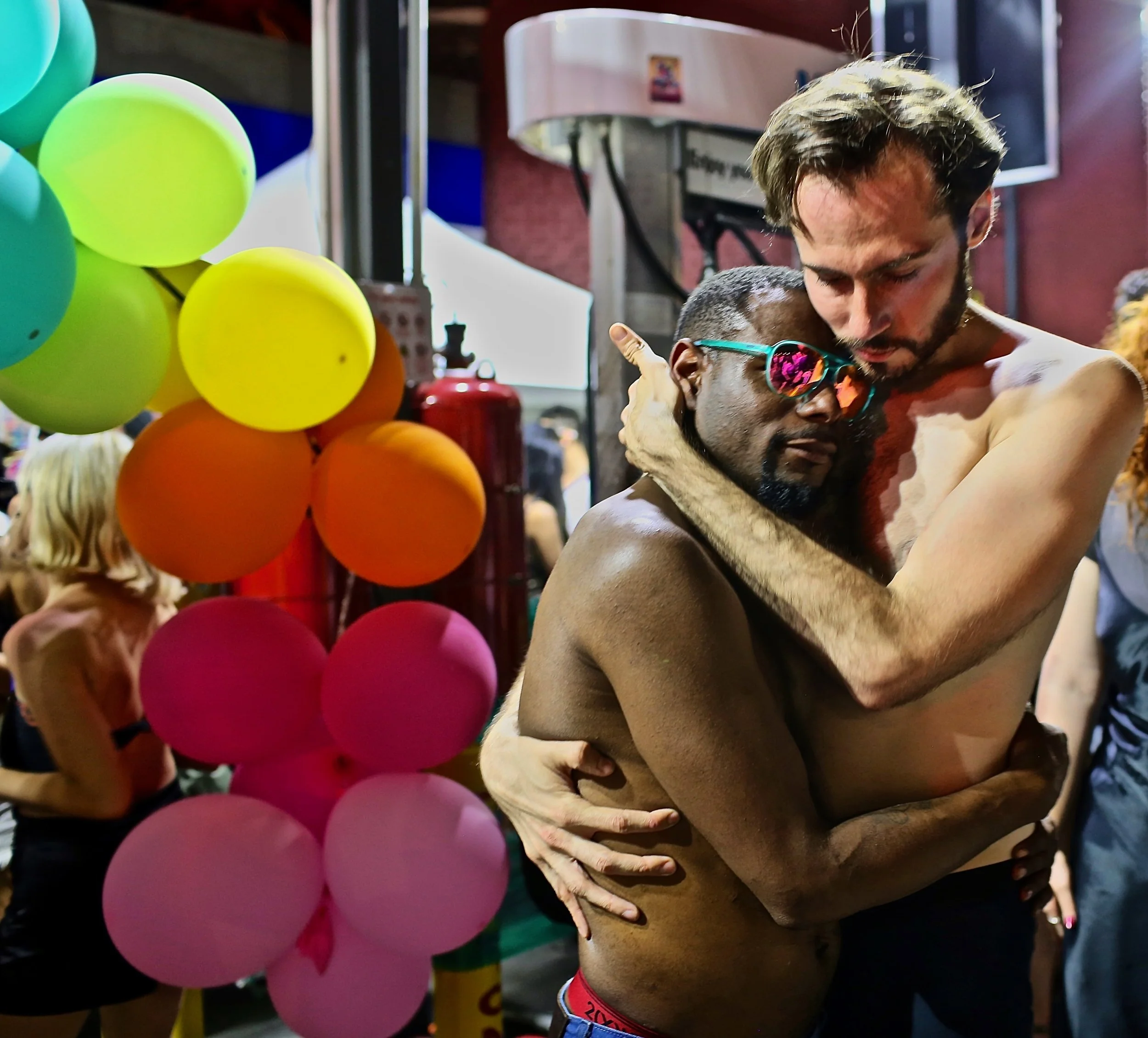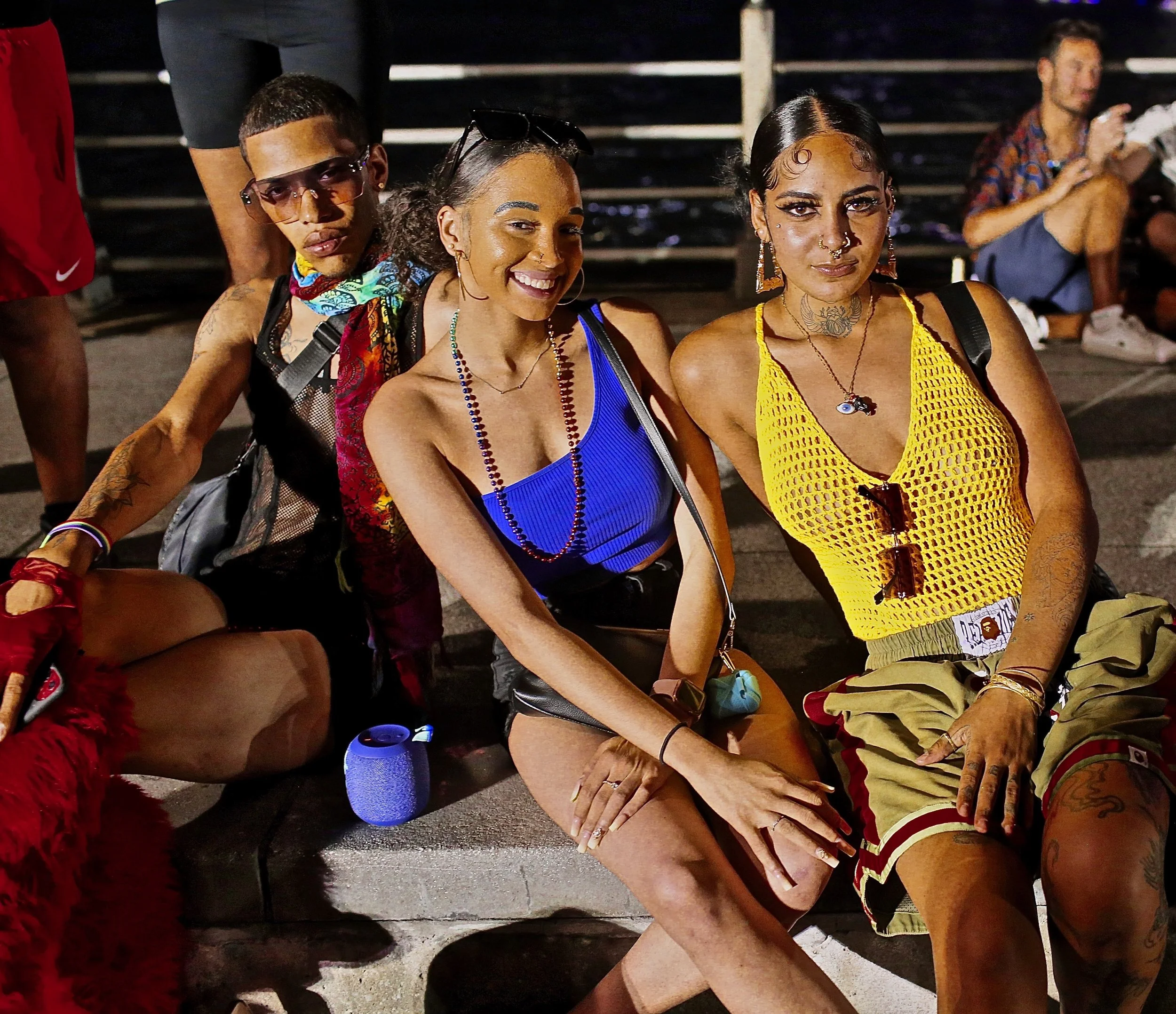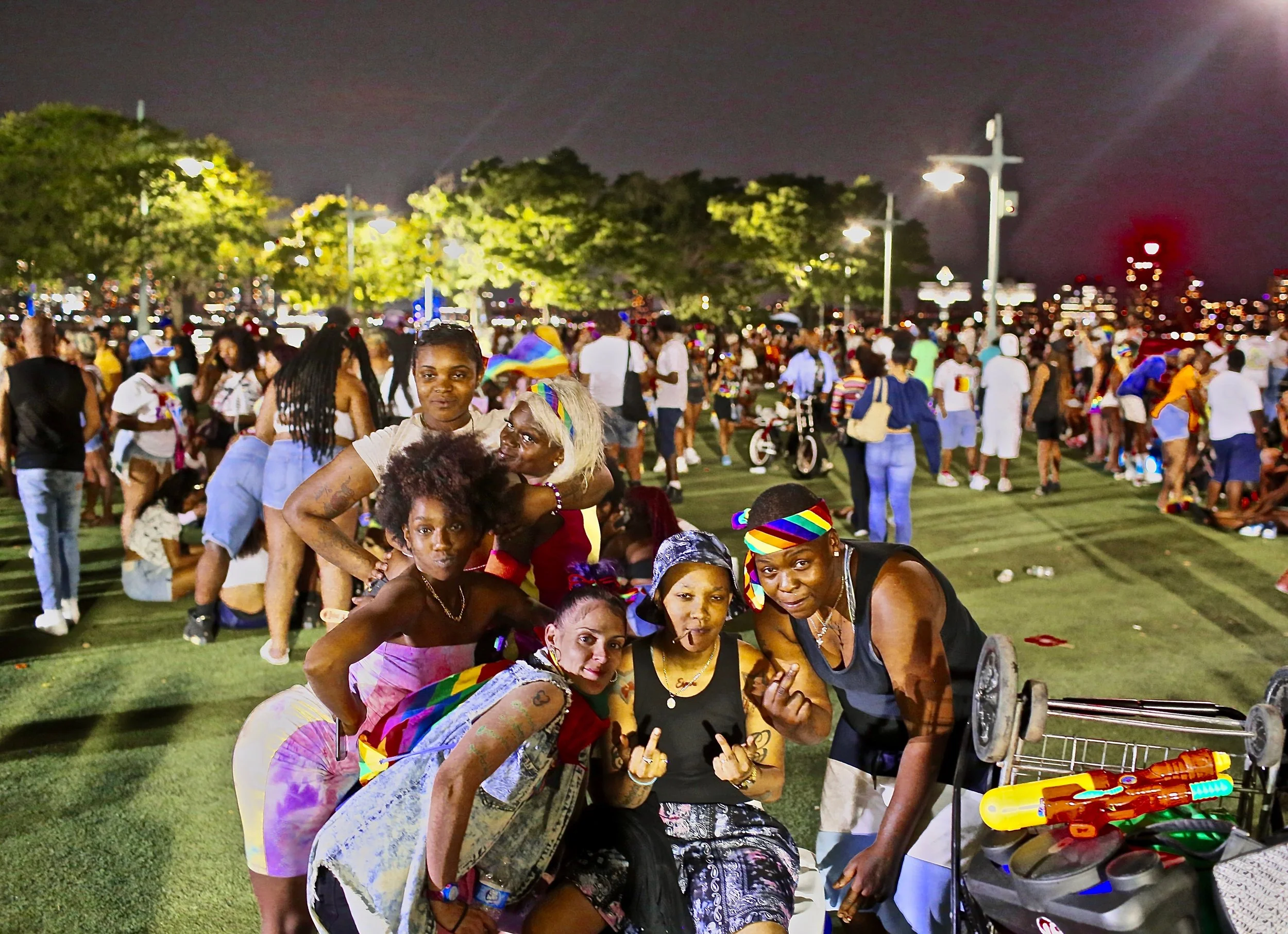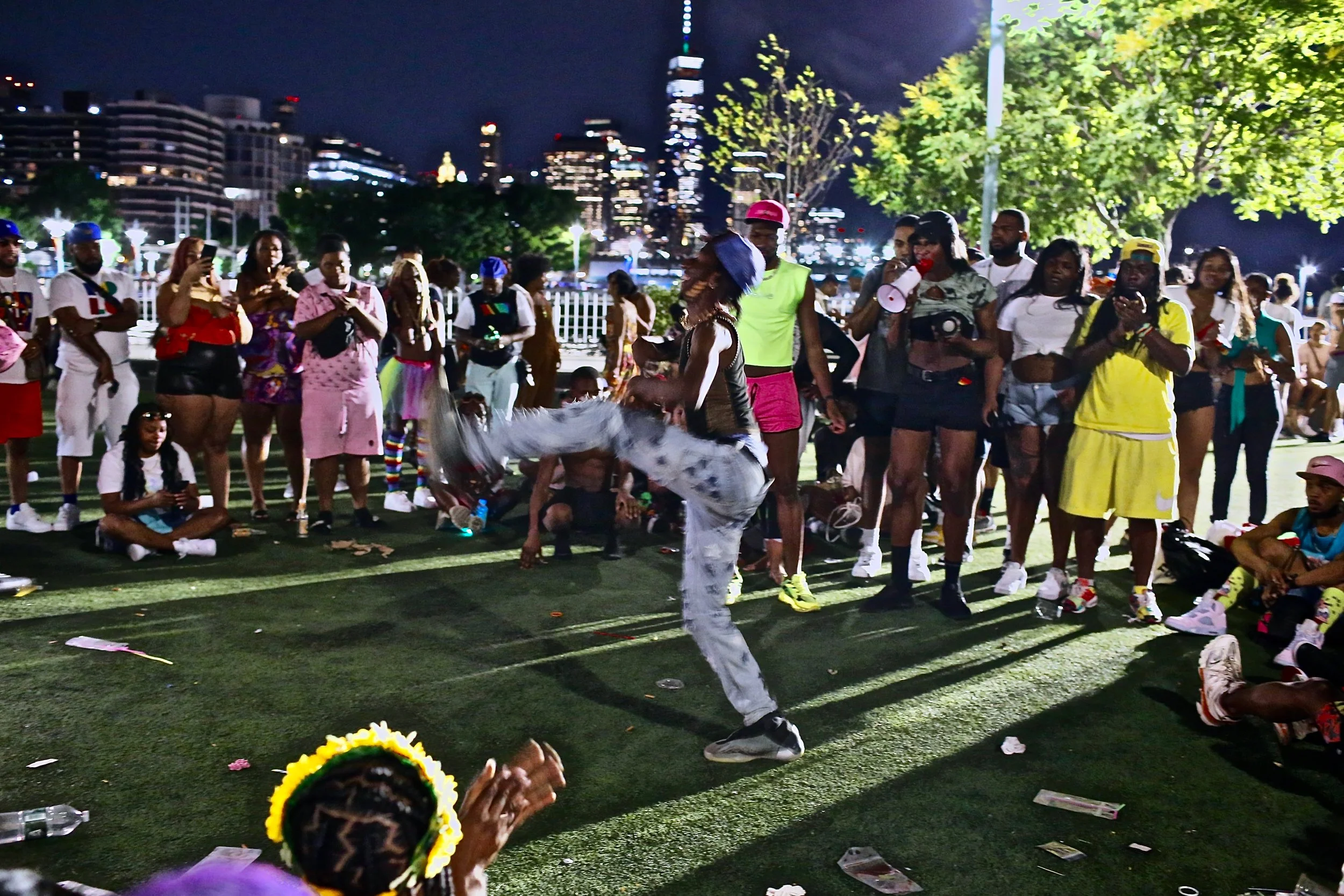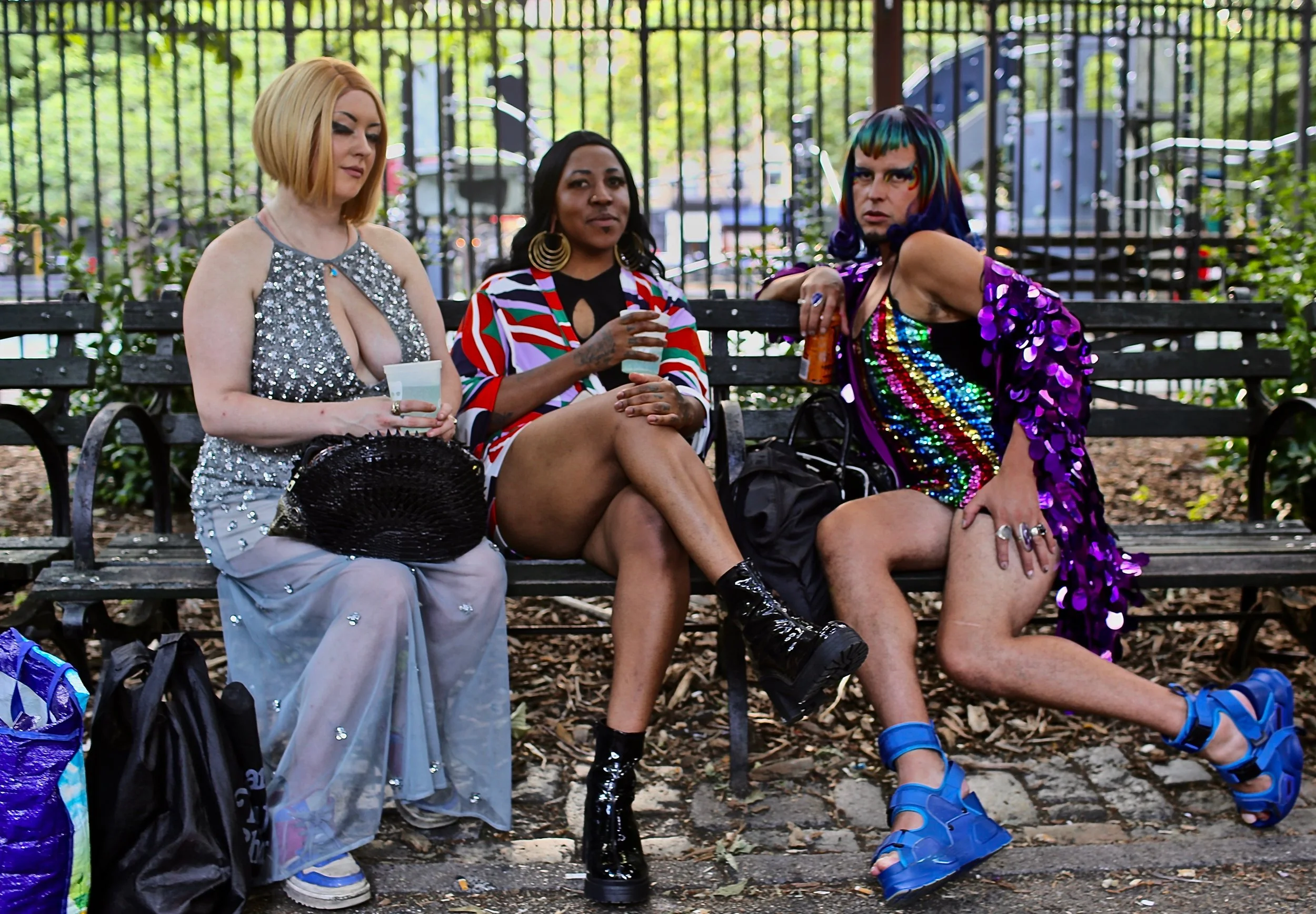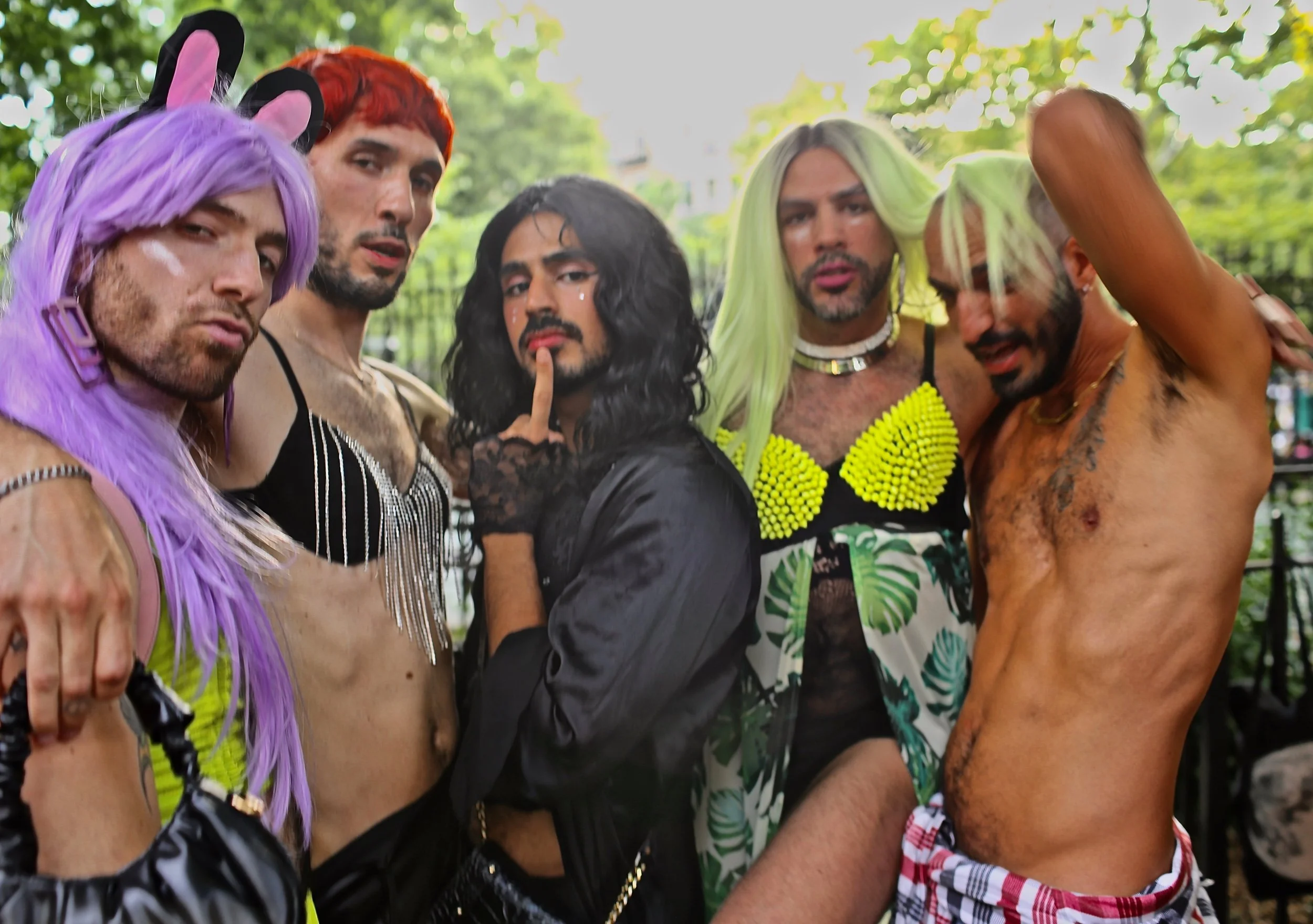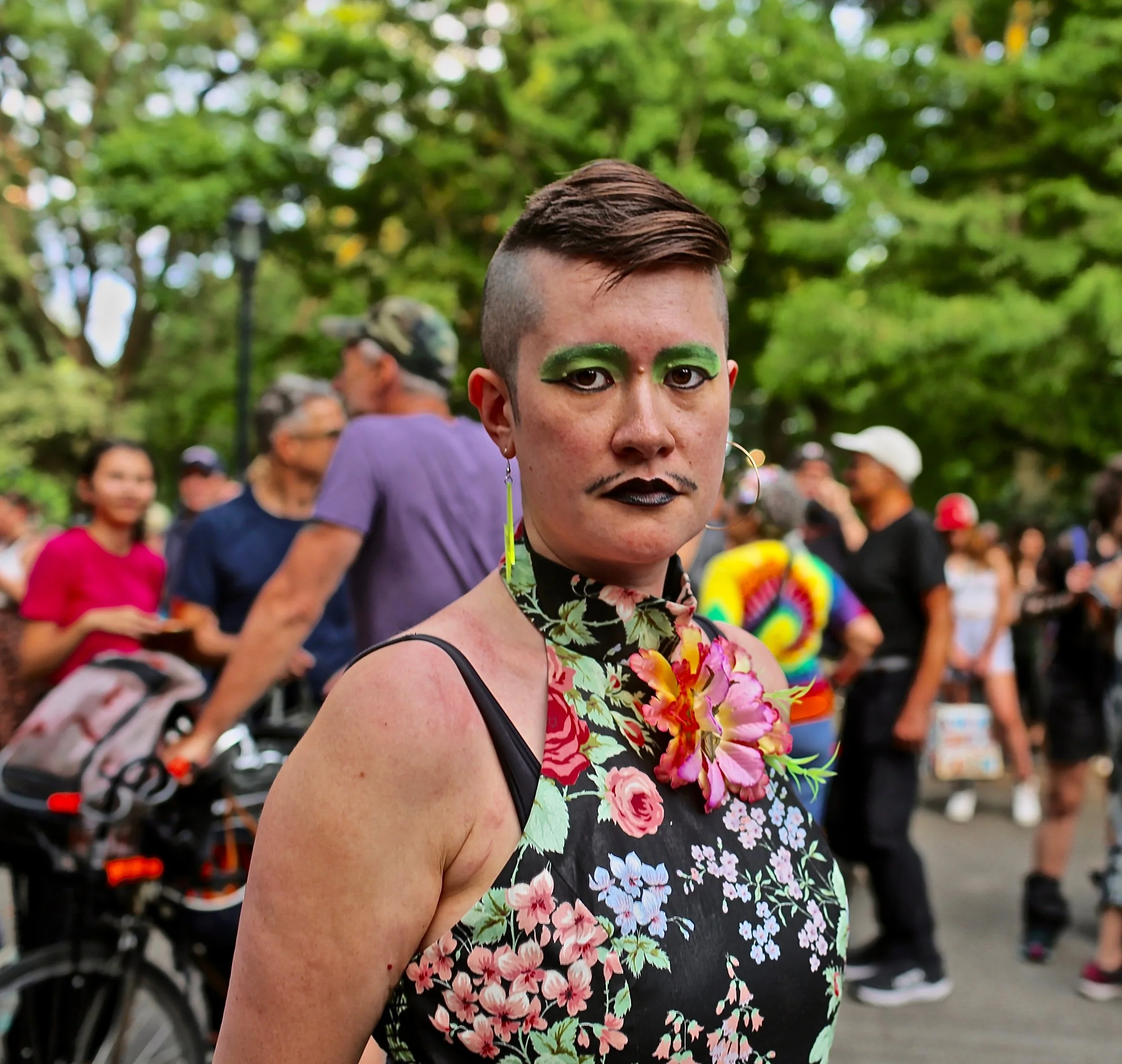POC @ Pride NYC
Renowned photographer Ruben Natal-San Miguel took to the streets this Pride month and focused his lens on the color and diversity of New York’s LGBTQIA+ community.
NYC Pride March
Outlandish outfits, extravagant floats and spontaneous dance parties are mixed in with the political components of this annual civil rights march celebrating LGBTQ+ equality and attended by people from all over the world. The event commemorates the first gay rights march, held in NYC on June 28, 1970, to celebrate the first anniversary of the Stonewall Uprising.
New York City Dyke March
The New York City Dyke March is a protest march, not a parade.
The March is a demonstration of our First Amendment right to protest and takes place without permits or sponsors. We recognize that we must organize among ourselves to fight for our rights, safety, and visibility.
Thousands of Dykes take the streets each year in celebration of our beautiful and diverse Dyke lives, to highlight the presence of Dykes within our community, and in protest of the discrimination, harassment, and violence we face in schools, on the job, and in our communities.
Any person who identifies as a dyke is welcome to march regardless of gender expression or identity, sex assigned at birth, sexual orientation, race, age, political affiliation, religious identity, ability, class, or immigration status.
Pride at the Piers
Once a working part of the New York waterfront, the Pier had physically decayed by the 1980s and had developed a vibrant gay social scene for "cruising". Since renovations and the opening of the Hudson River Park's new Greenwich Village segment in 2003, it has retained its role as a gathering place for gay youth from New York City and New Jersey who have been congregating at the pier since the 1970s.
However, residents of Christopher Street have complained about noisy teenagers leaving the park after its 1 a.m. curfew. Neighborhood leaders and speculators in the area's townhouse market make frequent use of the term "unruly" to describe the pier's users, many of whom are African American or Latino gay youth. Opponents of plans to displace the pier's users have sometimes accused neighborhood leaders and speculators of employing racist code to solicit support for their planned changes. Community residents created a new plan in 2005 to have the Park Enforcement Patrol escort the teens to the 14th and Hudson Street exits. According to an article in AM New York Metro, "A proposal by Connie Fishman ... to barricade the park’s Christopher St. exit at 1 a.m., when the Hudson River Park closes ... and thus reduce late-night noise and crowding on Christopher St." The teenage users of the park responded angrily to the proposed restrictions on the Christopher Street exit and asked instead for the curfew to be moved to 4 a.m., arguing that there will be less of a crowd leaving the park at that time. A group called FIERCE (Fabulous Independent Educated Radicals for Community Empowerment) has been helping LGBT youth fight for later curfews at Christopher Street Pier; a 2001 film showcased the group's campaign to save the pier.
The state's first memorial to the LGBT community was dedicated in June 2018, at the Hudson River Park near the Christopher Street Pier. The memorial, an abstract work by Anthony Goicolea, consists of nine boulders arranged in a circle. The memorial honors the victims of the 2016 Orlando nightclub shooting, most of whom were gay.
NYC Drag March
The New York City Drag March, or NYC Drag March, is an annual drag protest and visibility march taking place in June, the traditional LGBTQ pride month in New York City. Organized to coincide ahead of the NYC Pride March, both demonstrations commemorate the 1969 riots at the Stonewall Inn, widely considered the pivotal event sparking the gay liberation movement and the modern fight for LGBT rights.
In 1994, while preparations for Stonewall 25 were taking place in New York City, it was made public that event organizers were not going to include leathermen or drag queens in the official ceremonies. Activist Gilbert Baker, creator of the Rainbow Flag, aka Sister Chanel 2001 with the drag activist troop Sisters of Perpetual Indulgence, recently moved to the city from San Francisco, and Brian Griffin, aka Harmonie Moore Must Die, created the alternate event.[Baker, who was busy creating a mile-long rainbow flag for the parade, the world’s largest until he made an even bigger one in 2003, came up with the idea, while Harmonie, working in Baker’s shop, had grassroots organizational skills from work with ACT UP and Women's Health Action and Mobilization (WHAM), to organize the drag march. Harmonie was also a member of Church Ladies for Choice, an activist drag troop that countered the anti-abortion group Operation Rescue.

